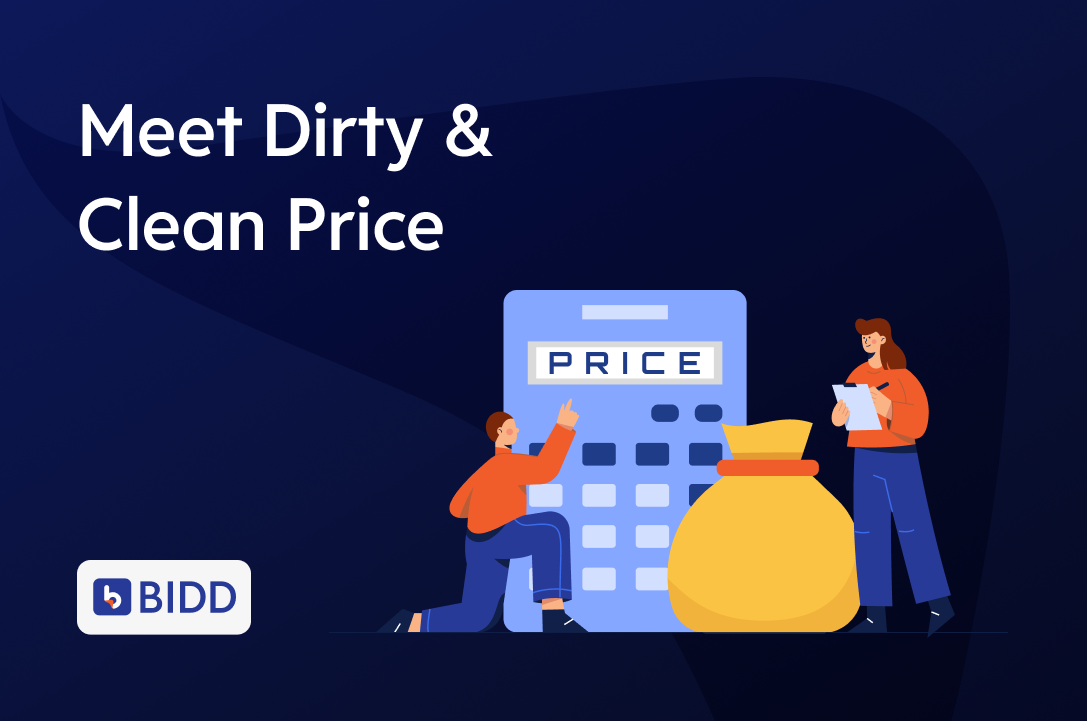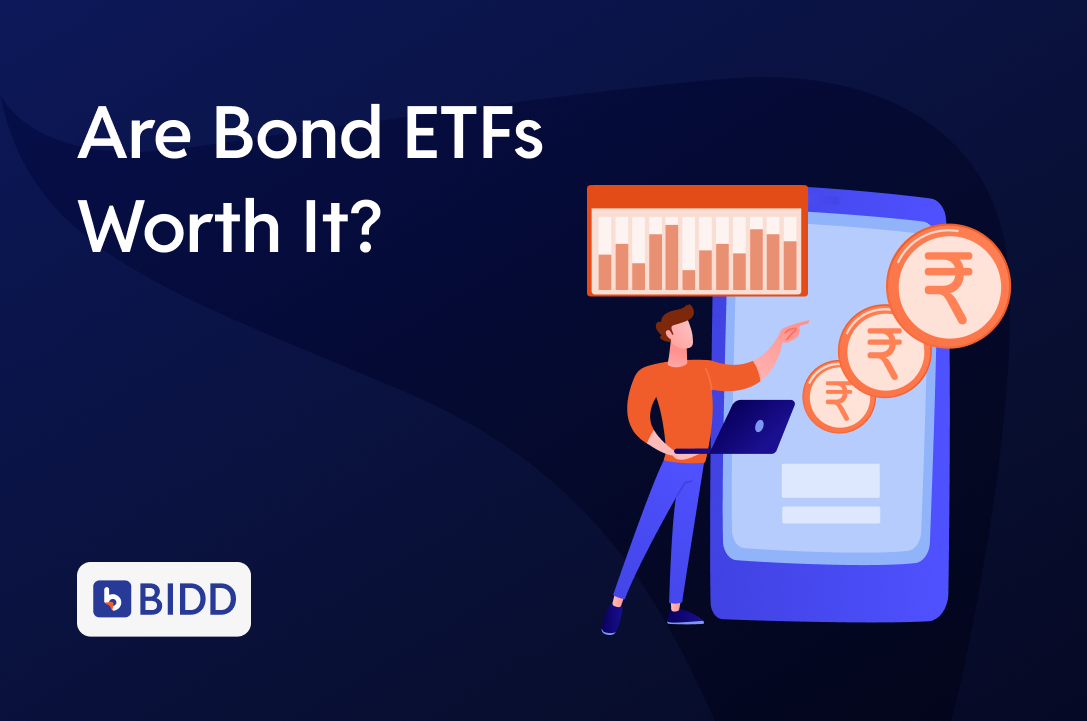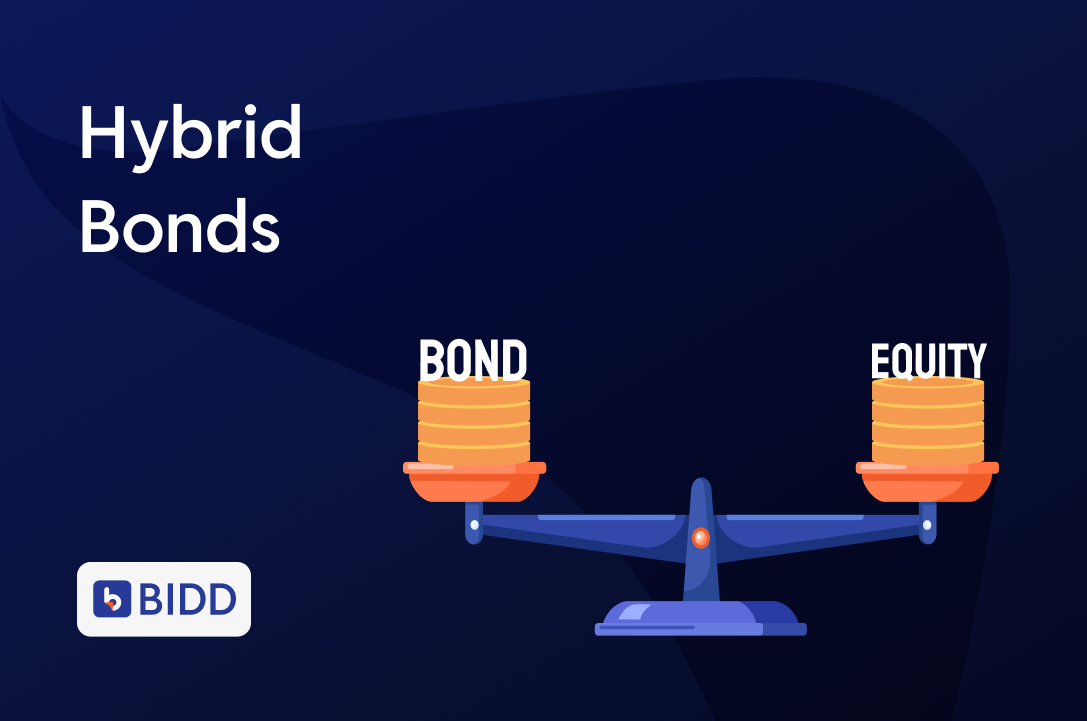Dirty Price = Clean Price + Accrued Interest. Sounds shady, but it’s not.
Let’s Start with a Simple Question
If you buy a bond mid-year, should you still receive the full year’s interest?
Of course not.
But then… how do we ensure the price is fair for both the buyer and the seller?
That’s where Clean Price and Dirty Price come in.
Despite the names, there’s nothing suspicious here.
They’re simply two ways to express the price of a bond—and understanding the difference helps prevent confusion.
Let’s break it down—clearly and simply.
What Is a Clean Price?
The clean price refers to the price of a bond excluding any interest that has accrued since the last interest payment.
Think of it as the base value of the bond—just the bond’s market worth without any adjustments.
What Is a Dirty Price?
The dirty price is the total amount you actually pay when purchasing a bond.
It includes the clean price plus any accrued interest, which is the interest the seller has earned up to the point of sale.
It’s termed “dirty” only because it includes this additional component—not because it’s inappropriate or unclear.
A Practical Example
Let’s say you buy a bond on September 30, and it pays annual interest on December 31.
- Face Value: ₹1,000
- Coupon Rate: 10% → So, ₹100/year
- Clean Price: ₹980
- Interest Accrued (Jan to Sept): 9 months = ₹75
Dirty Price = ₹980 (Clean Price) + ₹75 (Accrued Interest) = ₹1,055
Why the extra ₹75?
Because the seller held the bond for 9 months and is entitled to the interest earned during that period.
On December 31, you’ll receive the full ₹100—so the ₹75 ensures the seller receives their fair share.
Why This Matters
Because what you see isn’t always what you pay.
If you’re comparing bonds and only looking at clean prices, you might assume one bond is cheaper—until the full price appears at checkout.
Understanding the difference helps you:
- Know what you’re actually paying
- Avoid confusion when comparing platforms
- Ensure fairness to both buyer and seller
Quick Recap: Dirty Price vs. Clean Price
| Feature | Clean Price | Dirty Price |
| Includes accrued interest? | No | Yes |
| Commonly quoted? | Yes | Sometimes |
| Reflects total amount paid? | No | Yes |
| Think of it as | Base value | Final bill |
Coupon rate and Yield got you confused?
Our detailed guide breaks it all down—read Cracking the Code: Coupon Rate vs YTM now.
Common Misconceptions
- “Dirty price means something shady.”
False. It simply includes interest owed to the seller. - “I’m being overcharged if I pay more than the face value.”
Not necessarily. That additional amount may be accrued interest. - “All platforms show the dirty price.”
Not always. Many platforms show only the clean price—so it’s essential to verify before making an investment.
Final Thoughts
Don’t let terminology cloud your understanding.
When investing in bonds, remember:
- Clean Price = bond’s intrinsic value
- Dirty Price = amount you’ll actually pay
With platforms like Bidd, both values are clearly visible—giving you the transparency and confidence to make informed decisions.
In the world of bonds, clarity leads to smarter investing.
Disclaimer: This blog is intended solely for educational and informational purposes. It should not be construed as investment advice, a recommendation, or an offer to buy or sell any financial products. Please consult a registered financial advisor before making any investment decisions.




